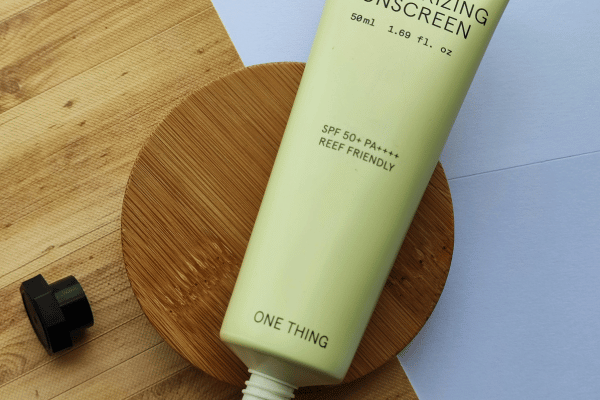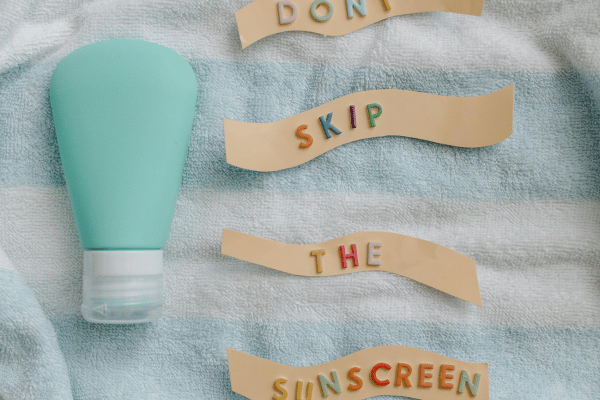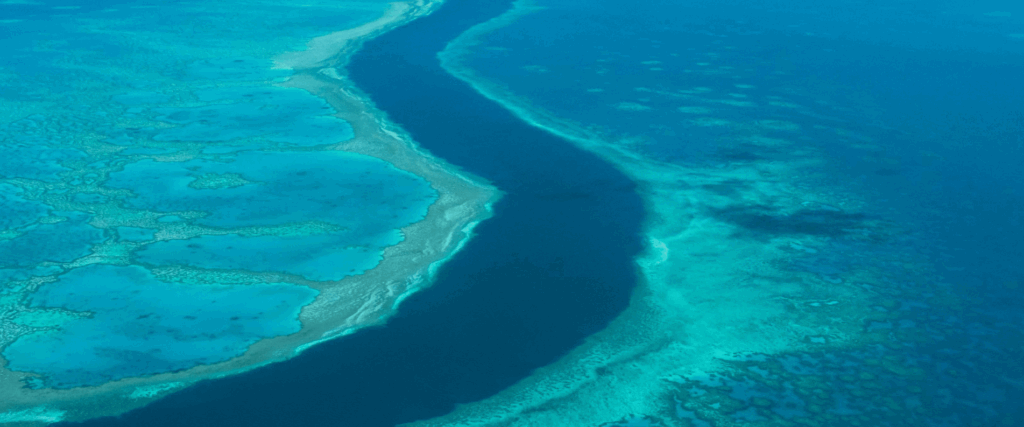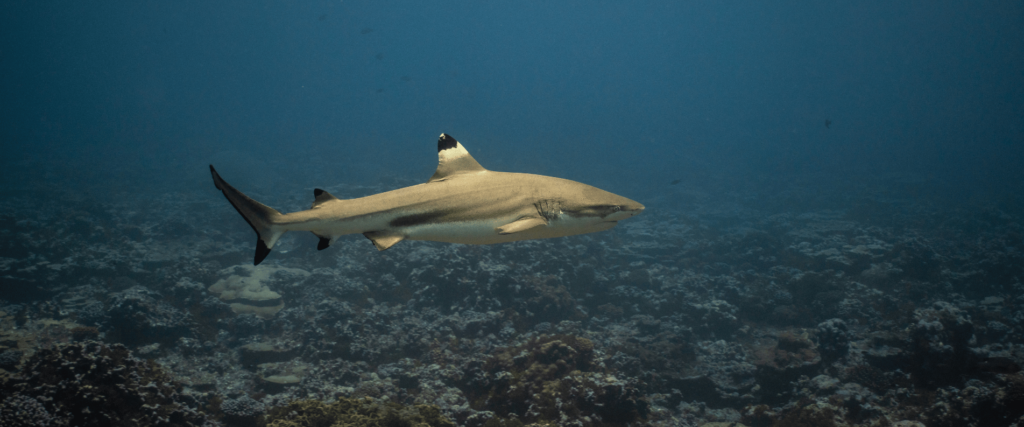Buying Guide for Reef Safe Sunscreen
Protecting your skin, as well as the reef
Reef-safe sunscreen is crucial for maintaining the health of our beautiful reef systems in the Great Barrier Reef.
Why it’s important to wear reef-safe sunscreen:
- The reef is fragile
- The reef depends on complex micro-marine systems for survival
- We need the reef, to provide oxygen
In order to maintain a happy reef, we should be using sunscreen that has UVA and UVB filters. The chemical SPFs have been connected to damage to coral reefs.
Happy reefs, happy world

Coral reefs are needed for a lot of the Earth’s oxygen. Without them, many different species of fish may become extinct. Without the existence of some of these fish, the ecosystems could get really damaged too!
How do I find reef-safe sunscreen?
Turn over the bottle of sunscreen to check for the following…
These are reef-safe ingredients:
- Zinc oxide
- Titanium dioxide
These mineral ingredients are the better choice, as opposed to chemical ingredients.
The following ingredients could be harmful to the reef! Chemical ingredients will instead absorb the sun’s UV and transform it into heat, whereas these ingredients will form a physical block that forms a barrier against the sun’s UV.
Reef-safe normally means it doesn’t contain oxybenzone and octinoxate. These are two common UV-blocking chemicals. Unfortunately, these two chemicals cause coral bleaching (which causes extreme stress to corals and is evident that they are under extreme levels of stress). It can also lead to the death of corals.
These are reef-harming ingredients
- Oxybenzone
- Octocrylene
- Homosalate
- PABA
- Parabens
- Triclosan
- Octinoxate
- Nanoparticles
- Microplastics and exfoliation beads
Look for water-resistant sunscreens

If your sunscreen has a really high level of water resistance, then it won’t come off as easily. To increase the level of water resistance, let your sunscreen sink into your skin before you go for a swim! Your skin takes time to absorb liquids that are applied to it, so you’ll need to ensure that you’ve waited long enough before the sunscreen comes into contact with the sea!
Wearing sun-blocking clothing
Wear long-sleeve rash vests or longer swim shorts. Having a physical barrier between your skin and the sun is the ultimate sunblock.









